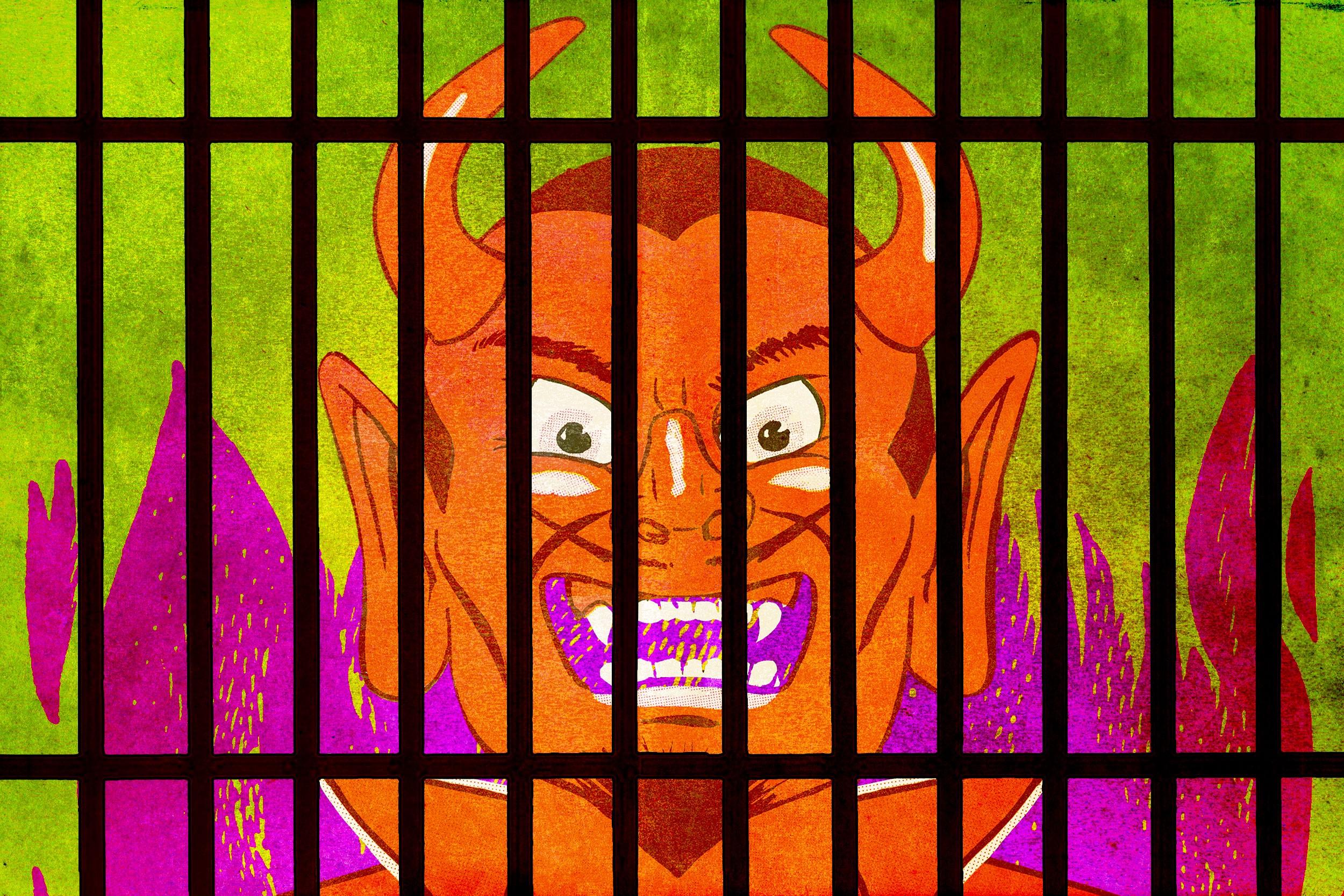The Texas Department of Criminal Justice’s website has a feature that lets you search the TDCJ prisoner database by name. You just type in someone’s first name and last name and click enter, and it will tell you if that person is currently incarcerated. If the person you searched for is not incarcerated, then a screen will pop up that tells you that no search results could be returned. If the person you searched for is incarcerated, then a screen will pop up that tells you how long he or she is locked up, what charges brought on the sentence (or sentences), and the date that the offense was (or offenses were) committed.
One of my main family members I grew up with is currently in prison, so I check the site periodically to look in on him. He was first sent there as a teenager for committing some fairly heinous crimes. He served six years of a 10-year sentence, got paroled, and was released in 2015. When it happened, I went back to San Antonio to hang out with him. We talked about a bunch of things, though mostly the conversations ended up being about all of the parts that came along with living inside of a prison. Some of the things he told me were very interesting because they were neat (like how to disassemble a CD player and use parts of it to make a tattoo gun), and others were very interesting because they were gruesome (like how [REDACTED] took a [REDACTED] and turned it into a shank and then shoved it into [REDACTED]’s [REDACTED], nearly killing him).
Most of the questions I asked him during his time free — and I say “during his time free” because several months after he’d been released he picked up a couple of new charges and is now back in prison until 2021 — were rooted in some sort of scenario that I’d seen in a movie.
Prison — or the idea of prison — is fascinating. It is such a bizarre, visceral way to have to live. I think that’s why movies about prison are so affecting. They’re able to lean into all the different ways that prisons are dangerous, because they are absolutely dangerous on several different levels, and it’s terrifying. There’s no movie setting that’s better than a prison. But is a prison the most dangerous place to set a movie?
Let’s do some quick run-throughs of different movie settings here before we get into the longer explanations of why certain settings are, or are not, dangerous. The movie settings:
- In a dream or an alternate reality: I suspect probably the first one that people mention here is Christopher Nolan’s Inception, which was about a group of people who climb around inside of the dreams of people so as to extract important information needed in the real world. And that one for sure presented different forms of danger, the most intimidating of which was that you could become trapped inside of a dream world forever. The most obviously dangerous version of the dream/alt-reality movie setting, though, is the Nightmare on Elm Street franchise, where a nightmare stalker named Freddy Krueger with a glove made of knives killed people in wildly creative ways while they slept. These movies are, on average, 52 percent dangerous.
- In hell: The hardest one of these to watch is What Dreams May Come, a movie where Robin Williams’s two children die in a car crash, then he dies later when he gets hit by a separate car, then his wife commits suicide because she’s so sad. She gets sent to hell and he tries to rescue her. It’s obliterating. (BTW, there’s a movie called In Hell that’s not about being in actual hell. It’s about being in prison, which we will get to later.) Movies set in hell are 91 percent dangerous.
- A cabin in the middle of nowhere: We’re talking about movies like Wrong Turn, Secret Window, Cabin Fever (my personal favorite cabin movie), The Cabin in the Woods, and so on. More often than not, the danger presented in cabin movies is that a thing is coming to get you. These movies are, on average, 44 percent dangerous.
- A boat: Jaws, The Perfect Storm, Titanic, Poseidon, All is Lost, Master and Commander, In the Heart of the Sea, and more. The most captivating of these kinds of movies are ones where a person ends up having to battle the ocean, either philosophically or literally. In an article called “The Sea Is Dope,” my colleague Chris Ryan best explained why boat movies are enthralling: “I like the man vs. nature part of it, sure. But I also like the way the sea amplifies heroism and exploits weakness. Whether you’re facing a shark or a Russian sub, we’re going to find out who you are before the end of the story.” Boat movies are 67 percent dangerous.
- In a bank you were trying to rob when the police showed up: Always fun. The best ones: 1975’s Dog Day Afternoon and 2006’s Inside Man, quietly one of the three best movies of Spike Lee’s career. These movies are 24 percent dangerous.
- A hijacked school: Shout-out Toy Soldiers forever. These movies are 54 percent dangerous.
- Inside a computer program: Shout-out The Matrix forever. (But not The Matrix Reloaded.) These movies are 37 percent dangerous.
- Inside a human body: You’ve got a version of this setting where the characters inside the body belong inside the body (Osmosis Jones, Inside Out, Everything You Always Wanted to Know About Sex), but the best version is when characters who aren’t supposed to be there are put inside of a body, which is what happened in 1987’s Innerspace, a movie where a guy gets miniaturized and then injected into a hypochondriac. They were letting people make movies about anyfuckingthing in the ’80s, man. These movies are 25 percent dangerous.
- Stranded somewhere in nature: 127 Hours, Tremors, Cast Away, The Blue Lagoon, Lord of the Flies, Alive, White Water Summer, so many more. My favorite one of this kind of movie is Open Water, a movie where two people go out on a scuba excursion way out in the ocean, get left behind by the guide boat, and end up suffering terrifying and horrible things before eventually dying. It’s why I don’t trust scuba diving or guide boats or sharks or water or the Caribbean, which was the opposite of how I felt after the Pirates of the Caribbean movies. These movies are 71 percent dangerous.
Those are all sort of dangerous. Let’s get to the really dangerous ones:
Setting: In a haunted house
Crucial Movies: The Amityville Horror, Poltergeist, The Legend of Hell House, The Changeling, Sinister, The Conjuring
Why It’s Dangerous: A haunted house is dangerous for the obvious reasons (ghosts), and reasons that are almost always impossible to fight (because it’s a fucking ghost).
Why It’s Not Dangerous: Haunted houses are not that dangerous because they’re pretty easy to avoid: just don’t go inside them. And if you happen to find yourself inside one, which is usually how you come to realize that it’s haunted, just leave whenever the chairs start moving by themselves or the walls start bleeding or whatever. (Somehow, this is the part people screw up the most.) There was a scene in The Amityville Horror, the most famous haunted house movie, where the ghosts literally told a guy to “get out.” I’m not sure what else a ghost can do past telling you to get out of its house, you know what I’m saying? If a ghost is like, “Get out,” and you’re like, “Nah, I think I’ma stick around,” then really anything that happens after that is on you.

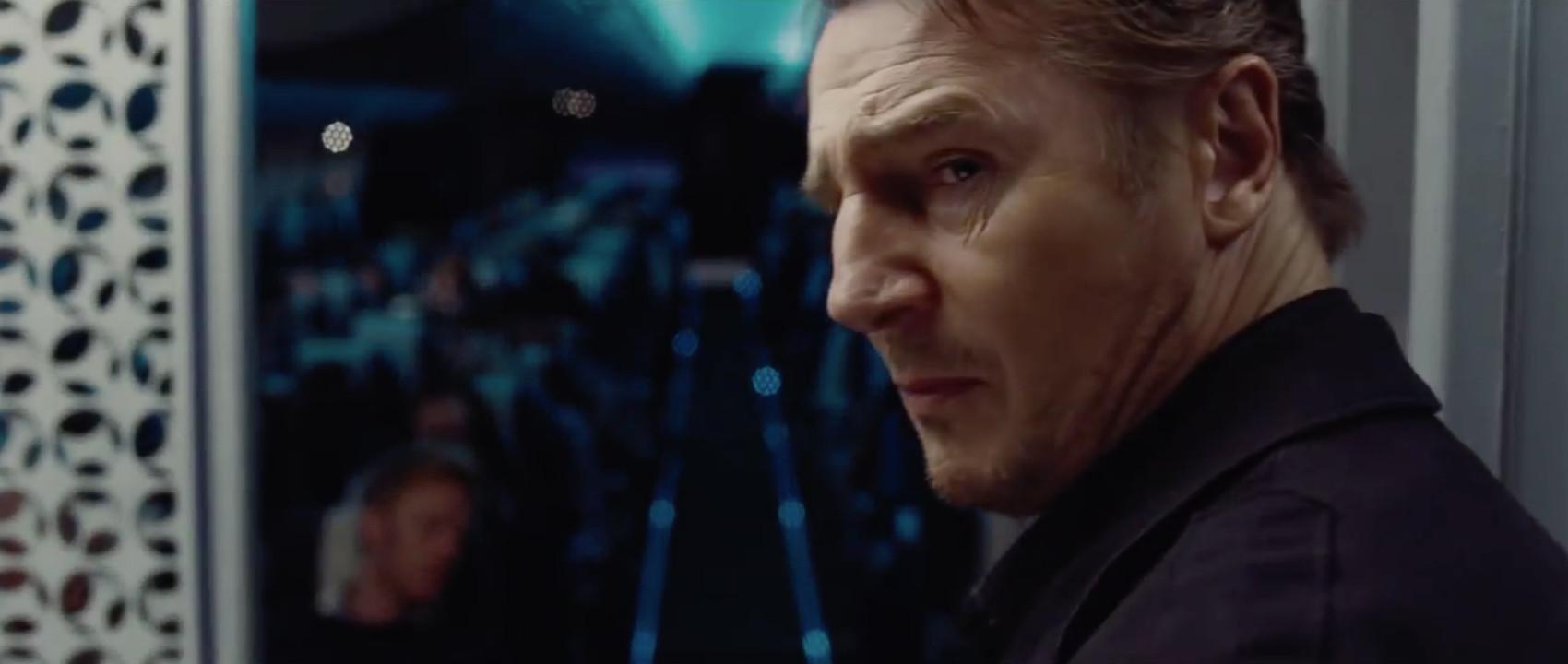
Setting: An airplane
Crucial Movies: Executive Decision, Air Force One, Con Air, Snakes on a Plane, Passenger 57, Flight, Flightplan, Red Eye, Non-Stop, Airplane!
Why It’s Dangerous: Airplane movies have a natural tension built into them in two different ways. First, you’re trapped in a relatively small space, so if something ends up being on the plane that shouldn’t be (like snakes or terrorists or zombies), then you just have to exist with that thing until the plane lands. Second, you’re 35,000 feet in the sky, so there’s always a threat that your plane could go down, or would need to go down, and that is terrifying.
Every time I get on a plane, I do a quick passenger inventory and say something to myself like, “These are the people I might die alongside today.” The only time I was ever OK with it was two years ago. I was on a plane with Tom Cruise, so it was like, “If we all die today then everyone I know for all of history will have a very easy reference point when talking about how and when I died.” (That’s important to me because I don’t like to inconvenience people.) Of course, the sucky part of that story is that after the plane landed and we were getting off the plane I realized that it wasn’t actually Tom Cruise, it was just some regular handsome white man.
(There’s an argument to be made here that every space movie is a just a more dangerous version of an airplane movie.)
Why It’s Not Dangerous: It is dangerous.

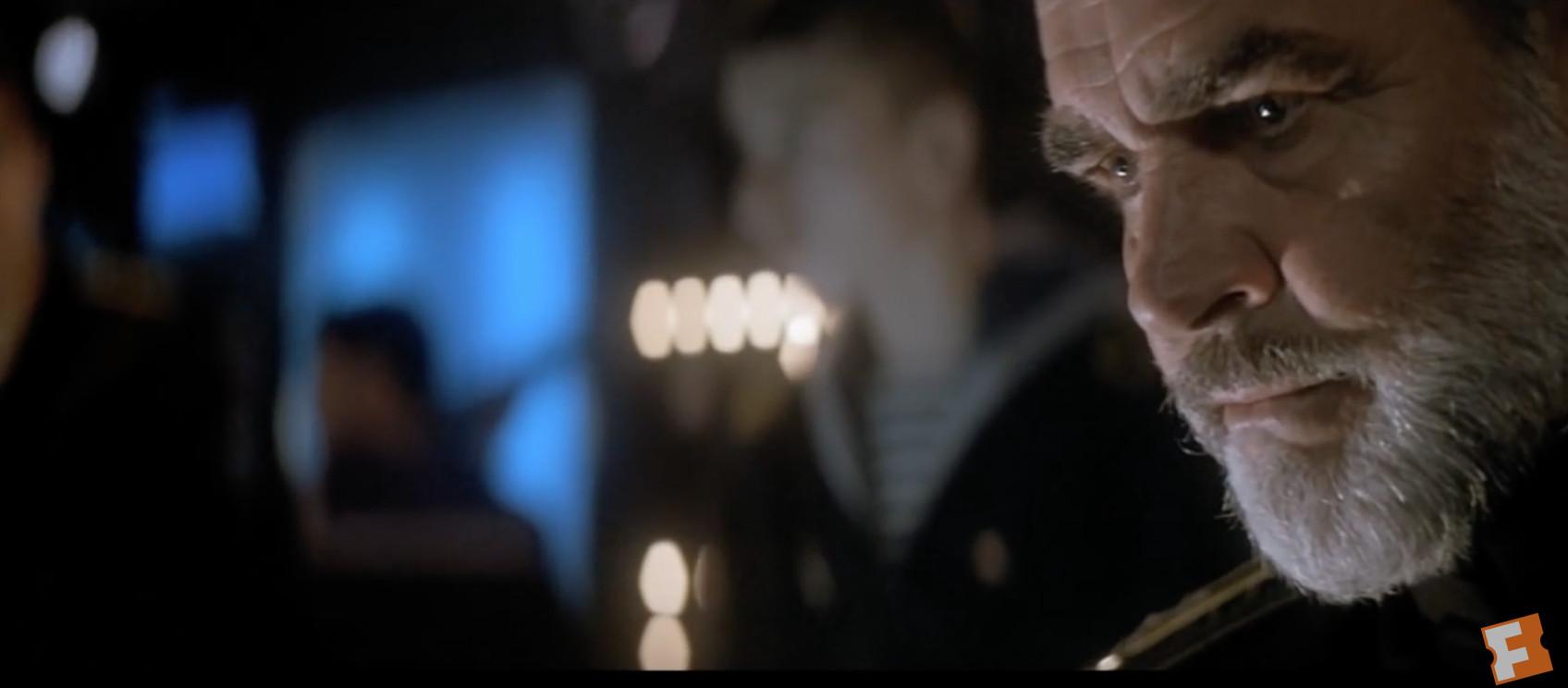
Setting: A submarine
Crucial Movies: The Hunt for Red October, Das Boot, U-571, K-19: The Widowmaker, Below
Why It’s Dangerous: All of the stuff above about airplanes applies here because a submarine is just an Underwater Plane. Plus, there are sharks and other deadly creatures in the ocean. That makes a submarine more dangerous than a plane, both of which are more dangerous than a boat.
Why It’s Not Dangerous: It is dangerous.

Setting: Inside a phone booth
Crucial Movie: This one happened only once. It should happen more, though. Phone Booth was really good.
Why It’s Dangerous: In Phone Booth, a slimy guy ends up in a phone booth on the phone with someone who tells him that if he doesn’t do exactly what he says then he’s going to shoot him with the sniper rifle he’s holding (he proves he’s not lying by firing a shot, and then later by shooting a person who the slimy guy couldn’t convince to move away from the phone booth). The sniper guy forces the slimy guy to confess to his wife that he’s cheating on her, which is a different kind of danger, but still dangerous.
Why It’s Not Dangerous: After the sniper fired the first two shots, the guy in the phone booth had a pretty good idea of where he was. All he had to do, then, was either (a) do a zigzag run out that bitch, or (b) grab someone and hold them as a human shield between himself and the general direction of the shooter, though I will admit that neither of those options seems very good as I’m typing them.

Setting: Inside any place where things that weren’t supposed to come to life have come to life
Crucial Movies: In Toy Story, toys come to life. In all of the Night at the Museum movies, museum exhibits come to life. In Jumanji, a board game comes to life. In Rubber, a single tire comes to life.
Why It’s Dangerous: The deadliest version of this setting was Maximum Overdrive, a movie where machines came to life and started killing people. The gnarliest sequence included a little league coach getting killed by a soda machine in front of his players (the soda machine started rocketing cans of soda at him, one of which hit him directly in the head), and then one of his players got crushed by a steamroller as he tried to run away from the soda machine.
Why It’s Not Dangerous: In the specific case of the soda machine, I still don’t understand why it posed such a big threat. It could only shoot the soda cans straight forward. For real: All you had to do was take a single step to the left or the right and you were out of its death spray.

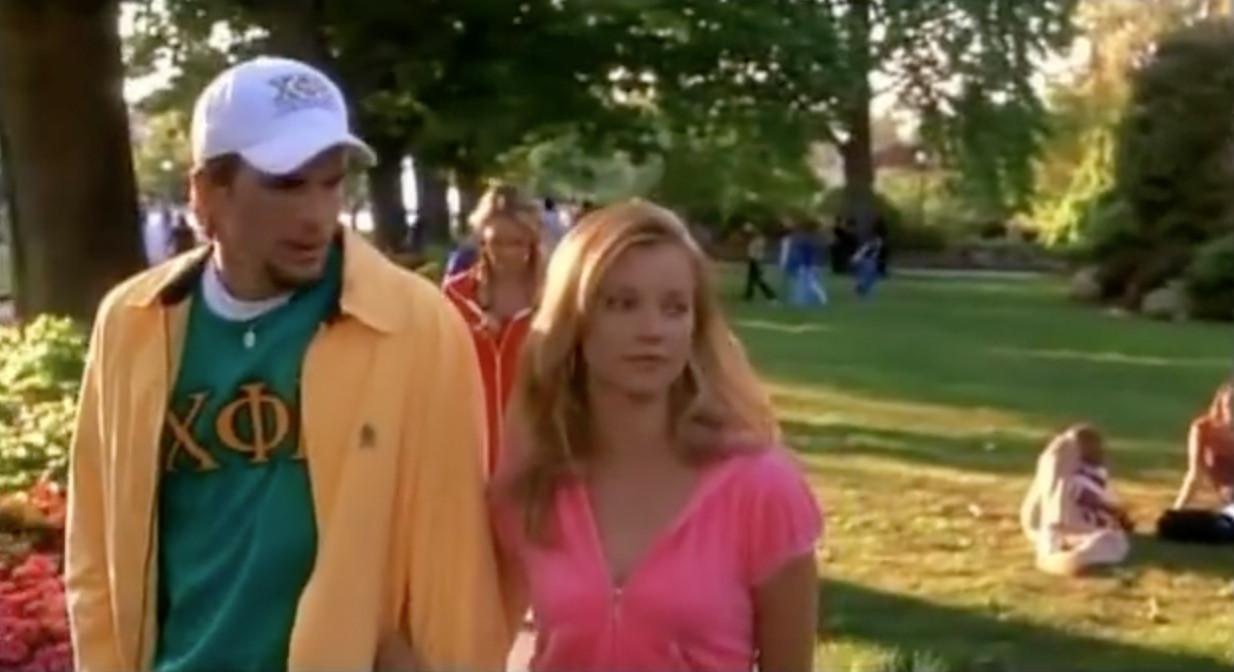
Setting: Someplace you’ve time-traveled to
Crucial Movies: All of the Back to the Future movies, Timecop, Looper, The Time Machine, Hot Tub Time Machine, The Butterfly Effect
Why It’s Dangerous: There are three main dangers with time travel. The first is that if you travel into a different time period and touch a version of yourself then awful things can happen. (This happened to Senator McComb at the end of Timecop.) The second is that if you travel back in time to fix or change something, there’s a very good chance you’re going to accidentally make things worse. (This happened with Ashton Kutcher in The Butterfly Effect where he traveled back in time to prevent a man from filming child pornography and then when he woke up he was in a fraternity.) The third is that once you get to jumping around different timelines, it’s easy to get lost all together. (This happened to the guys in Primer. At least I think that’s what happened — it was very confusing.)
Why It’s Not Dangerous: I think this is like the haunted house situation, where once you realize how dangerous time travel is, you just have to not do it.

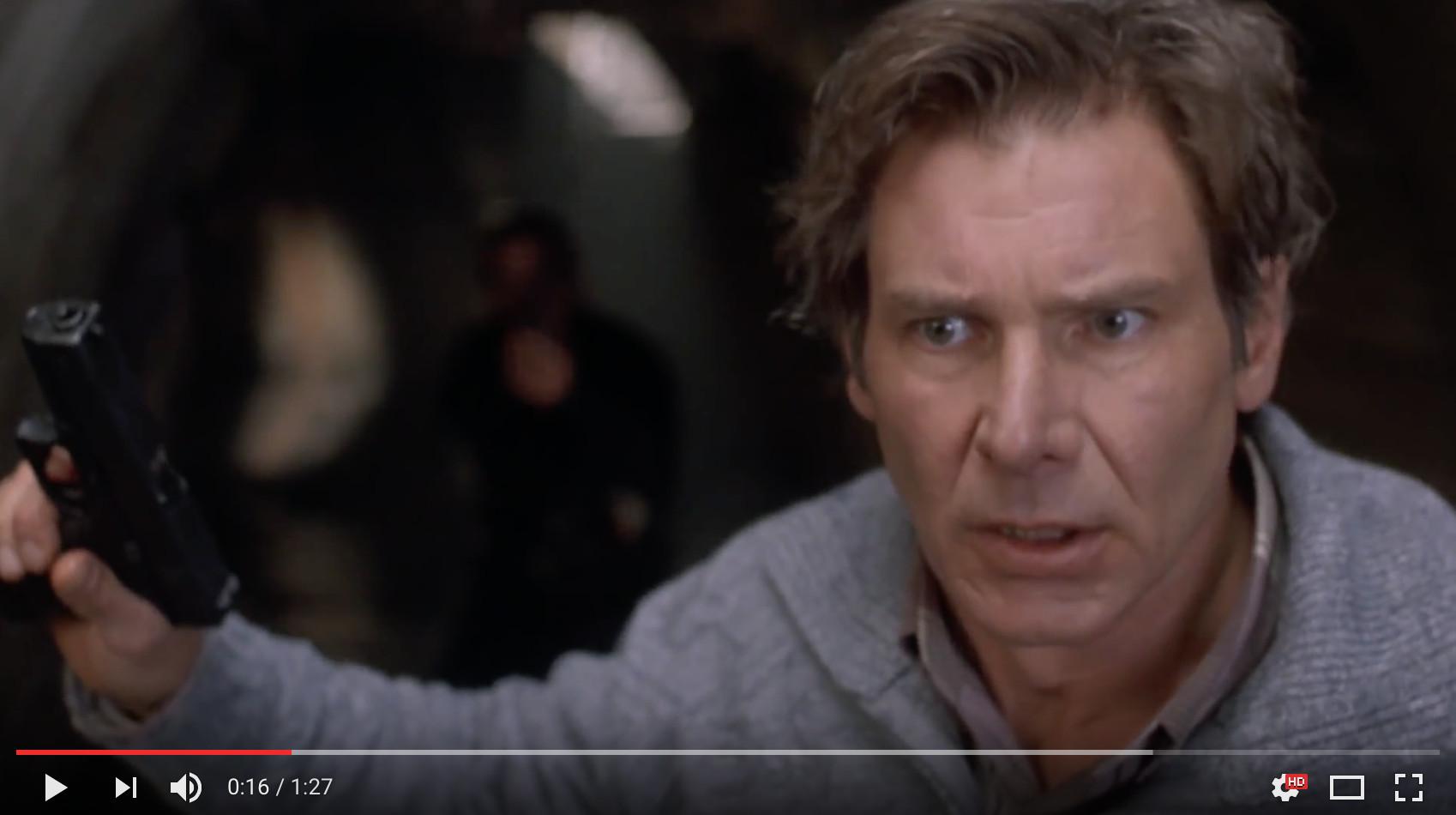
Setting: Innocent fugitives on the run
Crucial Movies: The Fugitive, F/X, Mission: Impossible, Enemy of the State, U.S. Marshals, Minority Report, The Recruit
Why It’s Dangerous: The stakes are very, very high here. You’re innocent of the thing you’re accused of, but you’re also on the run, which makes it nearly impossible to convince anybody that you’re actually innocent unless you’re able to 100 percent fully and completely exonerate yourself, and that is never a small task. If you’re unable to do so — if you’re unable to unravel the conspiracy that’s led to people believing you killed your wife or whatever — then you’re going to prison for a very long time. And the only thing worse than being in prison is being in prison when you didn’t do anything to deserve to be put there.
Why It’s Not Dangerous: It is dangerous.

Setting: A prison
Crucial Movies: The Shawshank Redemption, Blood In, Blood Out, Cool Hand Luke, Midnight Express, The Green Mile, Bronson, Starred Up, American History X, Undisputed
Why It’s Dangerous: No movie setting is more treacherous than a prison. Every single movie would be better if it was set in a prison. Imagine Mean Girls but in a prison. Imagine Bloodsport but in a prison. Imagine E.T. but in a prison. Think on it like this: What’s the most compelling and most emotionally captivating Toy Story movie? Toy Story 3, right? And what was Toy Story 3? It was, in essence, Toy Story but in a prison.
You are exposed and vulnerable in all forms in a prison movie, be it mentally, physically, or sexually. There is no safety. There is no reprieve. Every common activity — eating, drinking, walking, showering, breathing — is all of a sudden a way for you to get exploited and harmed. Imagine that. Imagine living in that universe. The only way to get away from the danger is to die, which is bad because you are dead, or to escape, which is bad because you will eventually get caught, at which point you will given more time in prison.
Prison setting is the A1 setting. It’s the alpha setting.
Why It’s Not Dangerous: It is dangerous.
